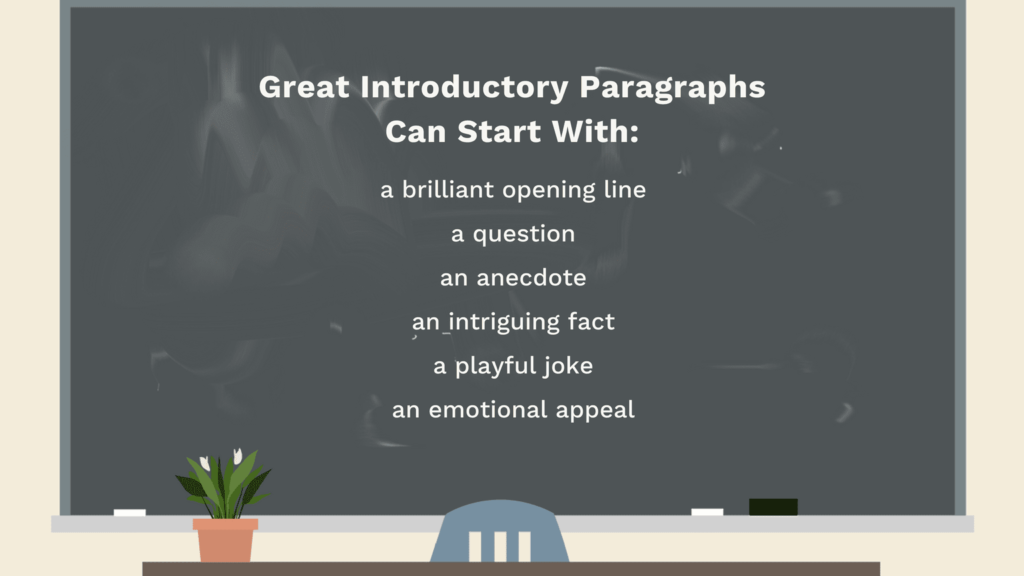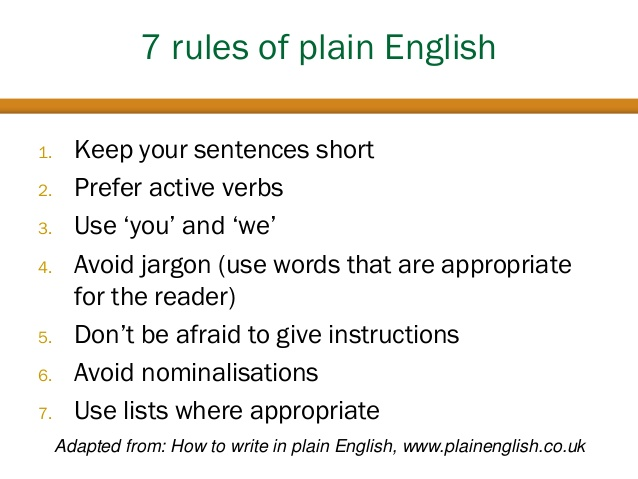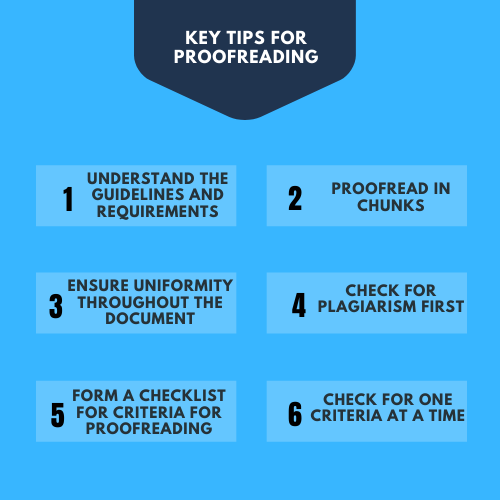
As a reader, writer, or even digital marketer, you might have come across badly written articles that have made you cringe. These might be due to improper use of grammar, a poor tone, or something that’s just too plain and boring. We can understand the constant urge to make all necessary corrections or just reach out to the writer to help them out. But when it comes to editing your own article or rewriting someone else’s, the task feels cumbersome. Whether it’s web content writing or writing for social media, we’ve compiled some valuable tips to help make rewriting easier.
How to Distinguish Good Articles From Bad Ones?

A clear distinction between well-written and badly written articles is basic grammar and spelling. Any write-up having too many misspelled words, inappropriate tenses, overuse of adjectives, and inappropriate punctuation is deemed bad. If the basic grammar is correct, a poorly written article can be identified through the tone of voice, lack of clarity, poor formatting, etc. To understand whether your article is well-written or not, you can check for the following points.
- Use of proper grammar and spellings
- You have used easily readable words and phrases.
- You have clearly explained technical terms and avoided using too much jargon.
- Your article is based on an important yet interesting concept.
- You have followed clear formatting and a well-structured approach.
- Your entire article focuses on the main topic, and provides a smooth flow for the reader.
- You’ve accentuated your work with relevant facts and figures.
- Your article makes for an interesting read, encouraging the reader to take suitable action.
10 Valuable Tips to Rewrite a Badly Written Article
When you come across an article with poor grammar, syntax, lots of typos or incorrect spellings, the use of too many writing tones, or something that just doesn’t feel right, your first instinct might be to just start editing it.
But if you do that, there are chances that you’ll either miss out on something important or, at some places, maybe even change the writer’s perspective. Here are some useful tips to make the rewriting go faster.
1. Start with a pre-editing routine
Whether it’s your article or someone else’s, the first step is to read the entire thing and understand the context. At this stage, you must understand the article’s purpose, the central idea, and the writer’s perspective. You can then quickly make a note of the flaws and possible ways to make the article better. Make sure to stay in tune with the title throughout the pre-editing stage.
2. Focus on the introduction

Any article’s introduction must be creative and engaging enough to hook the reader instantly. Depending on the topic, it might pose a certain question, state facts, or even make the reader curious to learn more. While rewriting the introduction, make sure it is as catchy as the title, so that even if your reader hasn’t exactly understood the latter, they will get a glimpse into the piece through a powerful introduction.
3. Ensure there’s flow
Readers are attracted to content with a story, proven evidence, and a simple, easy-to-understand language that directly addresses them. Often, writers tend to make the mistake of just inserting words into the body without it having any real meaning or connection to the topic.
Other times, an article may begin with a great introduction, but the rest of it is just pointers added through research, which often bore the reader. While rewriting such badly written articles, make sure the text in the body flows as smoothly as it does in the introduction. You must ensure the main topic is thoroughly covered, provide some facts or evidence of your findings, and stick to a particular writing tone.
4. Use appropriate grammar
The whole point of rewriting a badly written article is to improve the spelling and grammar. While rewriting, your primary focus should be on these two aspects ensuring that the article provides clarity, has a well-defined structure, uses a suitable tone, has a consistent verb tense, and has the appropriate word choice.
5. Get rid of jargon
Using jargon or complex, technical words only confuses the reader, and you wouldn’t want them to get distracted or look for information elsewhere. Replace all complicated words with simpler ones that are easy to read and comprehend.

6. Avoid the passive voice
There are instances when you can’t avoid using a passive voice. But make sure to keep it at a minimum to sound more confident and straightforward.
7. Remove the fluff
Unnecessary words just add to the article’s reading time and often cause disinterest among the readers. Cut off useless and repetitive phrases, and remove redundancy and filler words to make your content more engaging. Short sentences and paragraphs are easy to read and grasp, even for a layman. Try cutting longer sentences into two or three parts to make reading and understandability easier.
8. Use editing tools
Although editing tools don’t offer the perfect solution, they are extremely helpful in pointing out significant errors and reducing your editing time. There are many tools available online that you can use. Some include Grammarly, Hemingway Editor, Zoho’s Online Word Processor, and more.
9. End with a captivating conclusion
A good conclusion prompts the reader to take action or, at the very least, ponder on your words. It provokes the reader to do what you asked, while also assuring them that you are absolutely sure of what you’ve written. It’s not just a summary of what you’ve written in the article. Rather, a good conclusion makes the reader think while offering ways to apply your advice. You must remember to include a call to action (CTA) right before you end the article.
10. Proofread the article
After going through all the steps, take a break to refresh your mind. Then proofread the article one final time, preferably aloud, to make the final changes or corrections you might have missed out on earlier. Remember, proofreading is extremely important for both writers and editors.

It needs to be done with a fresh perspective and at a different time than when you originally edited or wrote the content. After editing, use a good read-aloud tool to better understand how the article flows and make it even better.
Rewriting a badly written article isn’t as cumbersome as it seems. You just need to know what you are writing about, get the writer’s perspective if the article isn’t yours, and treat it like a fresh piece of content while editing. Don’t hesitate to use the necessary tools to make the process quicker and smoother.
FAQs
To edit a poorly written piece, begin by reading it aloud first and edit any spellings or grammatical errors as you go. Then try to shorten sentences and make the content more specific. Make sure to re-word awkward sentences and delete unnecessary words or phrases.
A badly written article is hard to understand, has poor flow, and contains lots of grammatical errors and poor formatting. Any article that seems difficult to read also falls under this category.
To write better, you should read a lot, preferably articles from recognized authors in your niche. Apart from that, write direct sentences in an active voice, shorten phrases and paragraphs, choose easily understandable words, lace your content with appropriate facts, and make the content flow more smoothly.
An article that revolves around an interesting yet informative topic keeps the reader hooked throughout. It can be considered effective and read-worthy.
Latest Blogs
Explore how Google’s 2025 AI search updates triggered ranking chaos. Learn actionable strategies to adapt your SEO for AI Overviews, zero-click searches, and SERP volatility. Stay ahead now.
Learn how to rank on AI search engines like ChatGPT, Perplexity, and Gemini by optimizing your content for authority, structure, and relevance. Stay ahead in AI-driven search with this strategic guide.
Explore the best healthcare SEO services for your medical practice. Improve online visibility and effectively reach more patients in need of your services.
Get your hands on the latest news!
Similar Posts

Content Analytics
8 mins read
Google I/O 2025: AI Search Shake-Up & Ranking Volatility

Artificial Intelligence
5 mins read
Top AI Blog Writing Tools for Website Monetization

Blogging
10 mins read